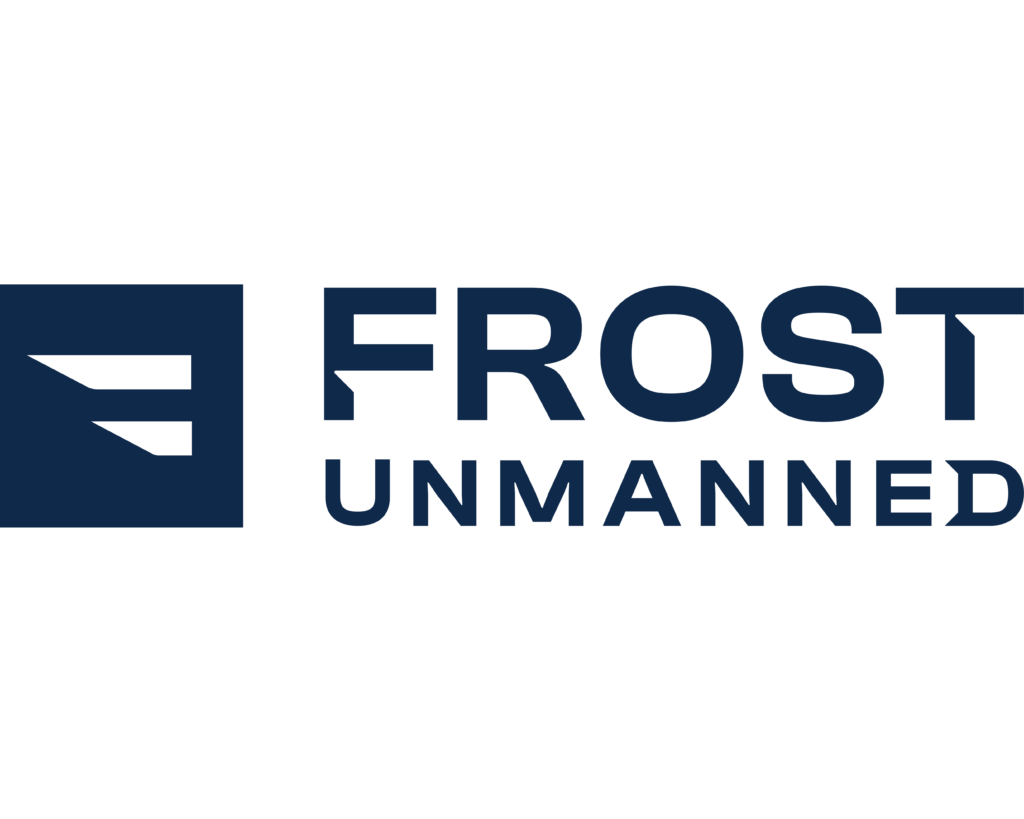SOLUTIONS
Frost USV Arrow – Versatile and modular payloads adapted for different roles

COMBAT
Defense - Combat
Missile Deployment:
Equipped with missile systems, such as Hellfire missiles, for offensive strikes on high-value targets and anti-submarine weapons.
UUV/Torpedo Deployment:
Can release UUV or torpedo through optional underwater cargo lids
Mine Sweeping and Laying:
Conducting mine-sweeping operations to clear naval routes or laying mines as part of defensive strategies.
Counter-Swarm Defense:
Use of mounted weapons or counter-drone technology to engage and neutralize hostile unmanned systems or small watercraft.
Steerable Explosive Payload:
Filling the payload with explosives to create a steerable "bomb" capable of targeting and impacting high-value enemy assets, such as ships or infrastructure, with precision
Defense - Intelligence, Surveillance, and Reconnaissance
Coastal Surveillance:
Continuous monitoring of coastal areas for potential threats or illegal activities.
Reconnaissance Missions:
Gathering real-time intelligence in contested zones without putting personnel at risk.
Search and Rescue Support:
Assisting search and rescue operations with thermal imaging and high-resolution cameras to locate missing individuals.

ISR

LOGISTICS
Defense - Logistics
Personnel Transport:
Safe transport of military personnel to and from remote or high-risk locations.
Medical Evacuation:
Emergency evacuation of wounded personnel with provisions for medical support.
Supply Delivery:
Transport of essential supplies such as ammunition, food, and medical equipment to support field operations
Scenarios for UAV and USV
| Operational Scenario | Description |
| Maritime ISR Patrol | UAVs conduct wide-area persistent surveillance over key shipping lanes, choke points, and EEZs; USVs patrol designated maritime corridors to detect, track, and classify surface threats or suspicious activities. |
| Harbor Defense and Escort Missions | UAVs perform air surveillance around harbors and naval bases; USVs escort high-value units (HVUs) through vulnerable zones, intercept and neutralize fast-attack crafts, and provide a dynamic defense perimeter. USVs also used for airdefence and anti-missile protection. |
| Anti-Submarine Warfare (ASW) Support | UAVs deploy expendable sonobuoys and act as communication relays; USVs carry or tow passive or active sonar arrays for submarine detection in shallow and cluttered Baltic and North Sea environments, and carry propelled underwater weapons, bringing them to action. |
| Mine Detection and Clearance Operations | UAVs provide aerial imagery and magnetic anomaly detection over suspected minefields; USVs perform mine hunting with side-scan sonar and remotely neutralize threats without risking manned assets. |
| Coastal Surveillance and Sovereignty Enforcement | UAVs and USVs conduct persistent ISR missions across the coastal and near-shore regions to monitor foreign incursions; USVs perform interdiction, boarding support, and sovereignty assertion patrols, and can be used for strikes aiming to stop hostile activities. |
| Electronic Warfare and Denial Operations | UAVs collect electronic intelligence (ELINT) and execute focused jamming on enemy radars or communications; USVs operate as mobile EW platforms or decoys to confuse hostile targeting and sensor systems. |
| Counter-Swarm Defense | UAVs detect and track incoming hostile UAVs or fast-boat swarms; USVs engage with direct-fire weapons or deploy countermeasures to disrupt or destroy attacking units before they reach friendly forces. |
| Coastal and Amphibious Warfare | UAVs and USVs provide overwatch, ISR, and targeting data, as well as weapon strike capability and logistics for operations aiming to take or maintain control of Coastal, Archipelago and other congested areas (e.g. harbor protection, riverine), and for amphibious assault operations; |
| Quick Reaction Force Deployment | UAVs identify and prioritize targets or evacuation needs; USVs deliver rapid resupply, forward-operating sensors, or special operations teams into contested littoral areas under low-risk conditions, as well as support with ISR and close protection strike capability. |
| Border Surveillance in Archipelagic Areas | UAVs and USVs jointly monitor complex terrain across archipelagos, fjords, and islands typical of Sweden, Norway, and Finland; detectsmuggling, illegal fishing, or incursions in sensitive zones. |
| Distributed Maritime Strike | UAVs act as target designators and battle managers during massed strikes; USVs launch precision loitering munitions or lightweight missiles to overwhelm and neutralize high-value maritime targets. |
| Airspace and Maritime Domain Deconfliction | UAVs and USVs autonomously coordinate flight paths and patrol patterns to avoid civilian vessels, commercial flights, and allied military traffic, reducing operational risk in congested areas. |
| GNSS-Denied Navigation Missions | UAVs utilize SLAM, vision-based navigation, and INS to maintain position without GPS; USVs leverage underwater acoustic positioning, inertial navigation, and terrain mapping to continue operations. |
| Joint NATO Operations Support | UAVs and USVs integrate with NATO command and control networks, sharing live ISR feeds, targeting information, and mission status across joint task forces operating in the Baltic and North Sea theaters. |
Let's design the future!
Frost Unmanned is revolutionizing the future of UAVs with cutting-edge products and services. As pioneers in the industry, we are at the forefront of innovation, offering state-of-the-art drones and comprehensive UAV solutions tailored for professional applications.
Copyright © 2025 Frost Unmanned
